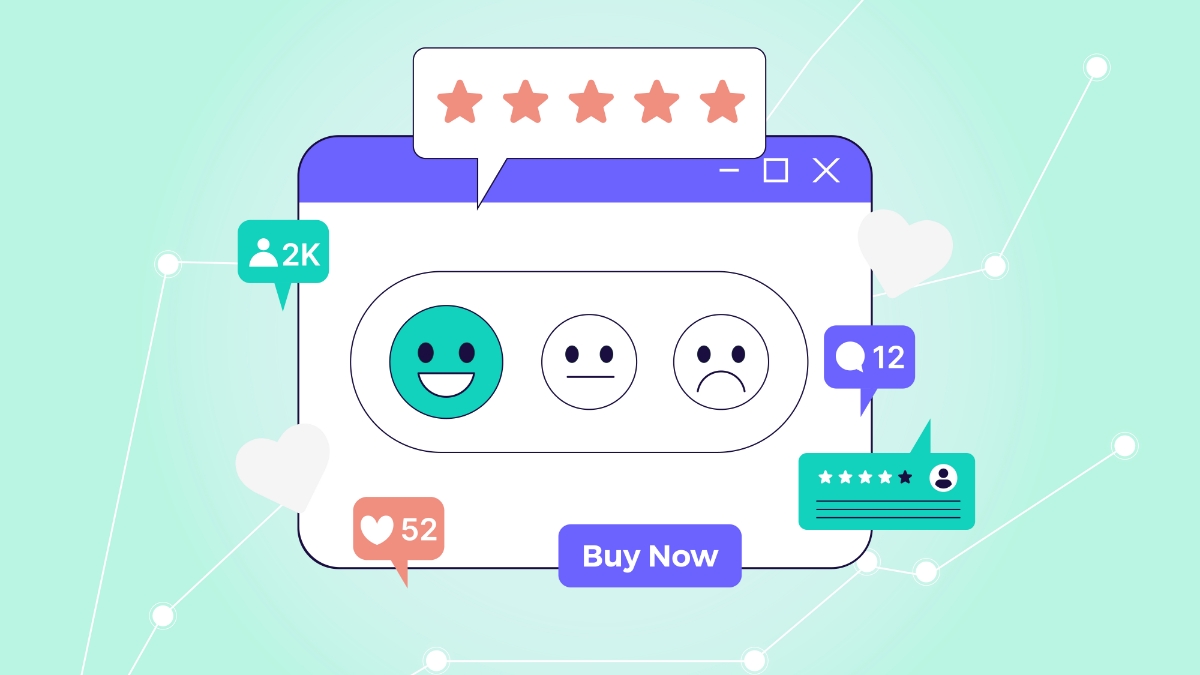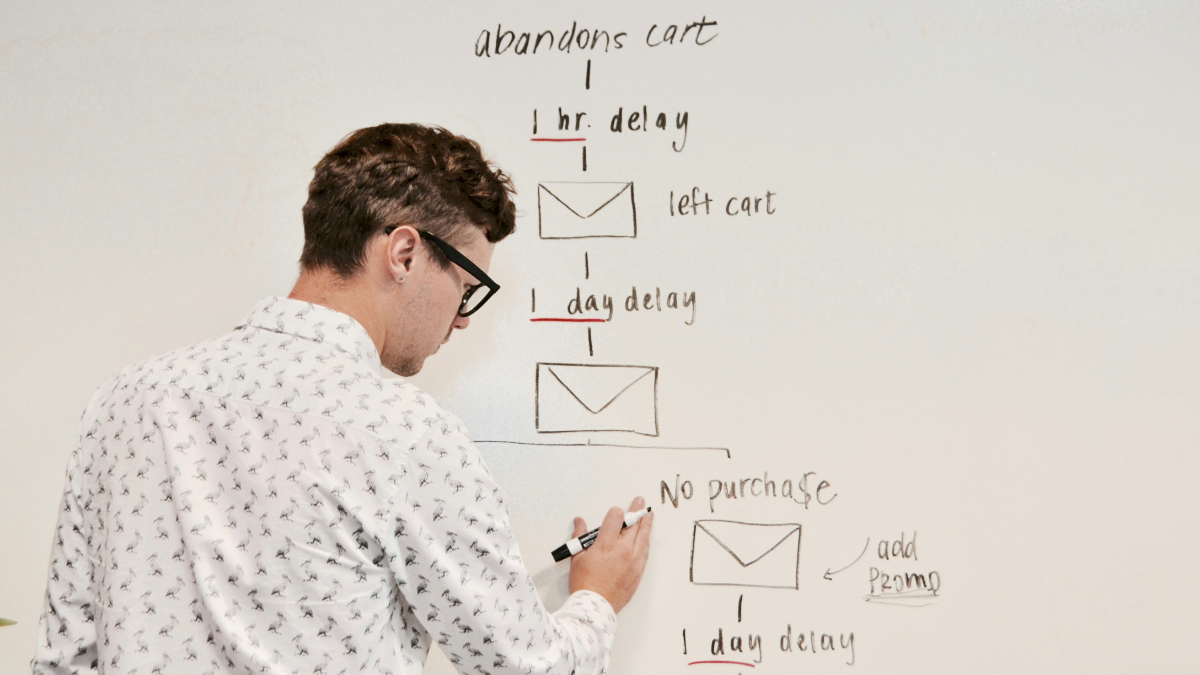Ten years ago, word of mouth came from neighbours and colleagues. Today, it comes from creators with thousands of loyal followers. Influencer marketing is a proven strategy that can elevate your brand, boost trust, and drive sales. For eCommerce businesses, knowing how to leverage it effectively can open new doors to growth.
This guide covers the key elements of influencer marketing, with insights tailored to the needs of small-medium businesses.
What Is Influencer Marketing?
Influencer marketing involves collaborating with individuals who have a significant and engaged following on social media platforms. These influencers promote your brand to their audience, leveraging their credibility and reach to enhance your brand’s visibility and trustworthiness.
Types of Influencers: By Size and Reach
Understanding the different categories of influencers can help you choose the right partners for your campaigns:
1. Mega-Influencers (1M+ followers)
- Best for: Brand awareness and large-scale product launches.
- Considerations: High cost; may have lower engagement rates due to broad audience.
- Examples: Celebrity endorsements or global brand ambassadors.
2. Macro-Influencers (100K–1M followers)
- Best for: Targeted campaigns with a balance of reach and engagement.
- Considerations: Moderate cost; suitable for expanding brand presence regionally.
- Examples: Industry experts or well-known personalities.
3. Micro-Influencers (10K–100K followers)
- Best for: Niche markets and building community trust.
- Considerations: High engagement rates; cost-effective for small to medium businesses.
- Examples: Local fashion bloggers or tech enthusiasts.
4. Nano-Influencers (1K–10K followers)
- Best for: Hyper-local campaigns and grassroots marketing.
- Considerations: Extremely high engagement; often underutilised by larger brands.
- Example: Community leaders or passionate hobbyists.
Tip: For small-medium businesses, micro and nano-influencers often provide the best ROI due to their authentic engagement and cost-effectiveness.
Why Use Influencer Marketing?
Influencer marketing offers several benefits:
- Brand Awareness: Expand your brand’s visibility by reaching new audiences through trusted voices.
- Increased Conversions: Influencers can drive traffic to your website, leading to higher sales and leads.
- Trust & Deeper Relationships: Collaborations with influencers can enhance your brand’s credibility and foster stronger customer relationships.
- Increased Reach: Tap into the influencer’s audience to broaden your brand’s exposure.
- Boosted Social Engagement: Engaging content from influencers can lead to higher interaction rates on your social media platforms.
Capitalising on the Growing Social Media Landscape
With user numbers and engagement on the rise, social media offers more touchpoints than ever for brands to tap into influencer-led growth.
- Global Social Media Users: As of 2024, there were approximately 4.9 billion social media users worldwide, with platforms like Facebook, YouTube, and Instagram leading in user base.
- Australian Social Media Usage: In Australia, over 80% of the population engages with social media, with Facebook and Instagram being the most popular platforms.
- Platform-Specific Insights:
- Facebook: In 2022, 52% of marketers utilised Facebook for influencer marketing campaigns.
- Instagram: Instagram remains a top platform for influencer collaborations, especially for visual products.
- TikTok: 45% of consumers have made a purchase within the TikTok app in the past three months.
- Consumer Behaviour:
- Product Discovery: 64% of Gen Z, 59% of Millennials, and 47% of Gen X have discovered a product on social media in the past three months.
- Influencer Impact: 17% of social media users purchased a product based on an influencer’s recommendation, with the number rising to 32% among Gen Z.
These statistics underscore the importance of leveraging influencer marketing to tap into the growing and engaged social media audience.
Steps to an Effective Influencer Marketing Strategy
Define Clear Objectives
Determine whether your goal is brand awareness, lead generation, sales conversion, or community building.
Identify Your Target Audience
Understand demographics, interests, and behaviours to align with the right influencers.
Select Appropriate Influencers
Choose influencers whose audience matches your target market and whose values align with your brand.
Develop a Detailed Campaign Brief
Outline campaign goals, key messages, deliverables, timelines, and performance metrics.
Establish Collaboration Terms
Define compensation (monetary or product-based), content rights, and exclusivity clauses.
Monitor and Measure Campaign Performance
Utilise analytics tools to track engagement, reach, and conversions to assess ROI.
Maintain Ongoing Relationships
Foster long-term partnerships with influencers to build brand loyalty and consistency.
Common Payment Structures
Understanding various compensation models can help in structuring mutually beneficial partnerships:
- Pay Per Post: Fixed fee per piece of content.
- Flat Fee: A one-time payment for specific deliverables.
- Licensing/Rights to Content: Payment for usage rights of the content created.
- Free Product as Payment: Providing products in exchange for promotion.
- Commission-Based: Influencers earn a percentage of sales generated through their referral.
- Affiliate Links: Tracking sales through unique links shared by influencers.
Selecting the appropriate payment structure depends on campaign goals, budget, and the influencer’s reach.
Popular Influencer Sourcing Platforms
To connect with influencers, consider using platforms such as:
Sprout Social
Known for its comprehensive suite of social media management tools, Sprout Social offers features like influencer discovery, campaign tracking, and performance analytics. It’s particularly beneficial for businesses aiming to integrate influencer marketing with broader social media strategies.
Upfluence
This platform provides an extensive database of influencers, allowing businesses to filter by various criteria such as location, engagement rate, and audience demographics. It’s ideal for businesses seeking to run large-scale campaigns with precise targeting.
AspireIQ
AspireIQ focuses on building long-term relationships with influencers. It offers tools for content collaboration, performance tracking, and payment management, making it suitable for businesses looking to foster ongoing partnerships.
Shopify Collabs
Built specifically for eCommerce brands on the Shopify platform, Shopify Collabs makes influencer marketing simple and accessible. Directly integrated into your Shopify Admin dashboard, it allows you to discover creators who align with your products and industry.
Conclusion
Influencer marketing offers Australian eCommerce businesses a powerful way to increase brand awareness, build credibility, and drive sales. With the right strategy, the right influencers, and the right tools, it can become a key driver of growth and engagement.
But even the best influencer campaign can only go so far without a solid digital foundation. To turn increased traffic into real results, your website needs to deliver by being fast, intuitive, and built to convert. Investing in a well-designed, optimised eCommerce site ensures every click from your influencer campaigns works harder for your business.
Is Your Website Working as Hard as Your Marketing Campaigns?
At Greenhat, we build high-performance websites that convert visitors into loyal customers. Contact us today to see how we can help you grow.








